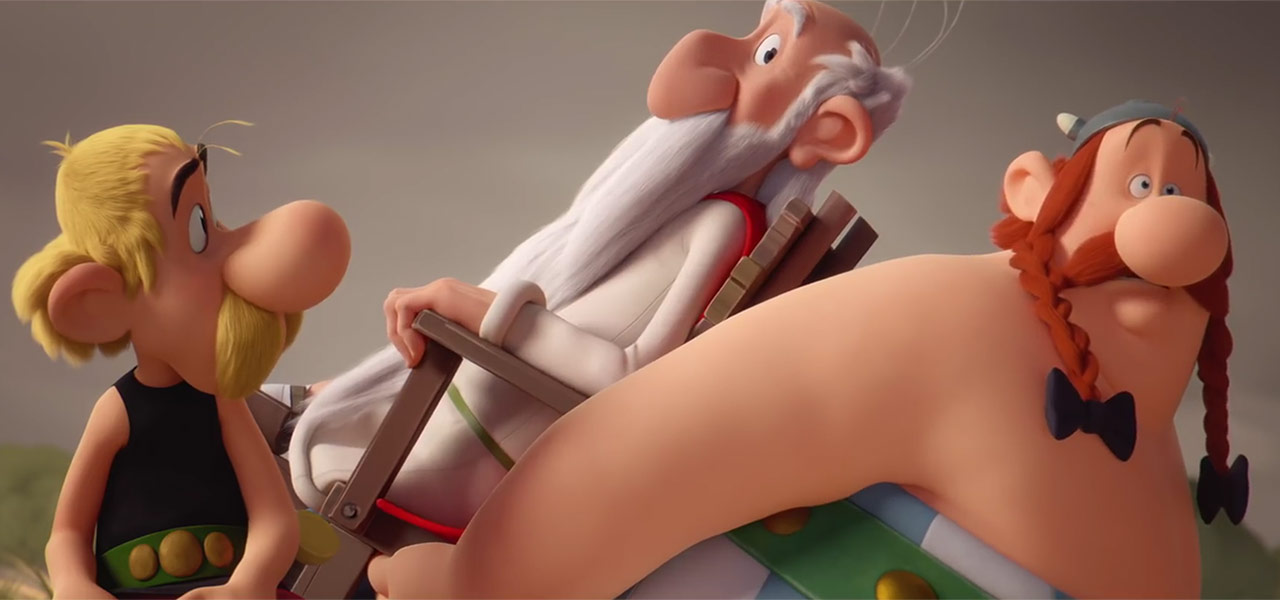
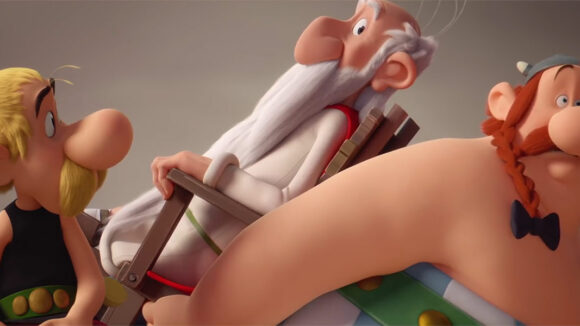
How Louis Clichy Went From Pixar To Asterix
Everything is quite normal in Louis Clichy’s messy office.
Everything but a stuffed wild boar’s head that rests on his desk… Is the 40-year-old French director having a midlife crisis? Round glasses, bushy hair, and casual wear, he does not look like the guy who wishes to exhibit animal trophies he would have hunted down.
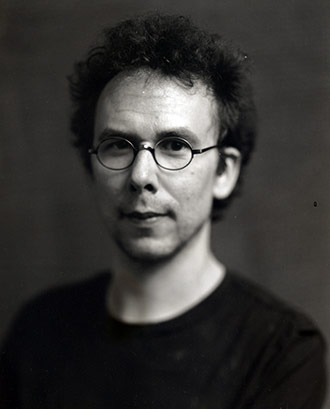
It turns out that the boar’s head is just a reminder of Asterix and Obelix’s favorite venison, a feast the two famous comic book characters enjoy in their small village of indomitable Gauls still holding out against the Roman invaders, 50 years B.C. In the Paris-based Mikros Image studio (Captian Underpants, The Little Prince), Clichy is now directing his second cg animation feature based on the adventures of Asterix, after the success of Asterix: Mansion of the Gods, which grossed $35 million worldwide and was France’s highest-grossing animated feature in 2014.
The first film was unfortunately not released in the United States, where the René Goscinny and Albert Uderzo creation, a mix of spoof, absurd humor, and relentless puns, has never enjoyed the triumph it has elsewhere. (Translated in 111 languages, the 37 volumes of the series have sold 365 million copies over the last 60 years.)
It’s not easy for Clichy to cope with such an icon of French pop culture, especially for someone who’s not a great fan of it. “I know it will sound weird,” he admits, “but I don’t like comic books. In fact, I discovered Asterix with the animated features.” There have been nine of those features, and Asterix: Le Secret de la potion magique (Asterix : The Secret of the Magic Potion), due for release this December in France, will be the tenth.
The new film is an original story, and not an adaptation of one of the comic volumes, telling the quest of the old and wise sorcerer Panoramix (Getafix in the English version). With the help of Asterix and Obelix, the aging Panoramix sets out to find a protégé so that he can pass along the secret potion that gives temporary superhuman strength to the Gauls and allows them to whoop the ass of the unlucky Roman legionnaires who live in nearby camps.
“The publisher didn’t much like the idea of finding a successor to a main character, but with Alexandre Astier, screenwriter and co-director, we tried to propose something both faithful and original,” says Clichy.
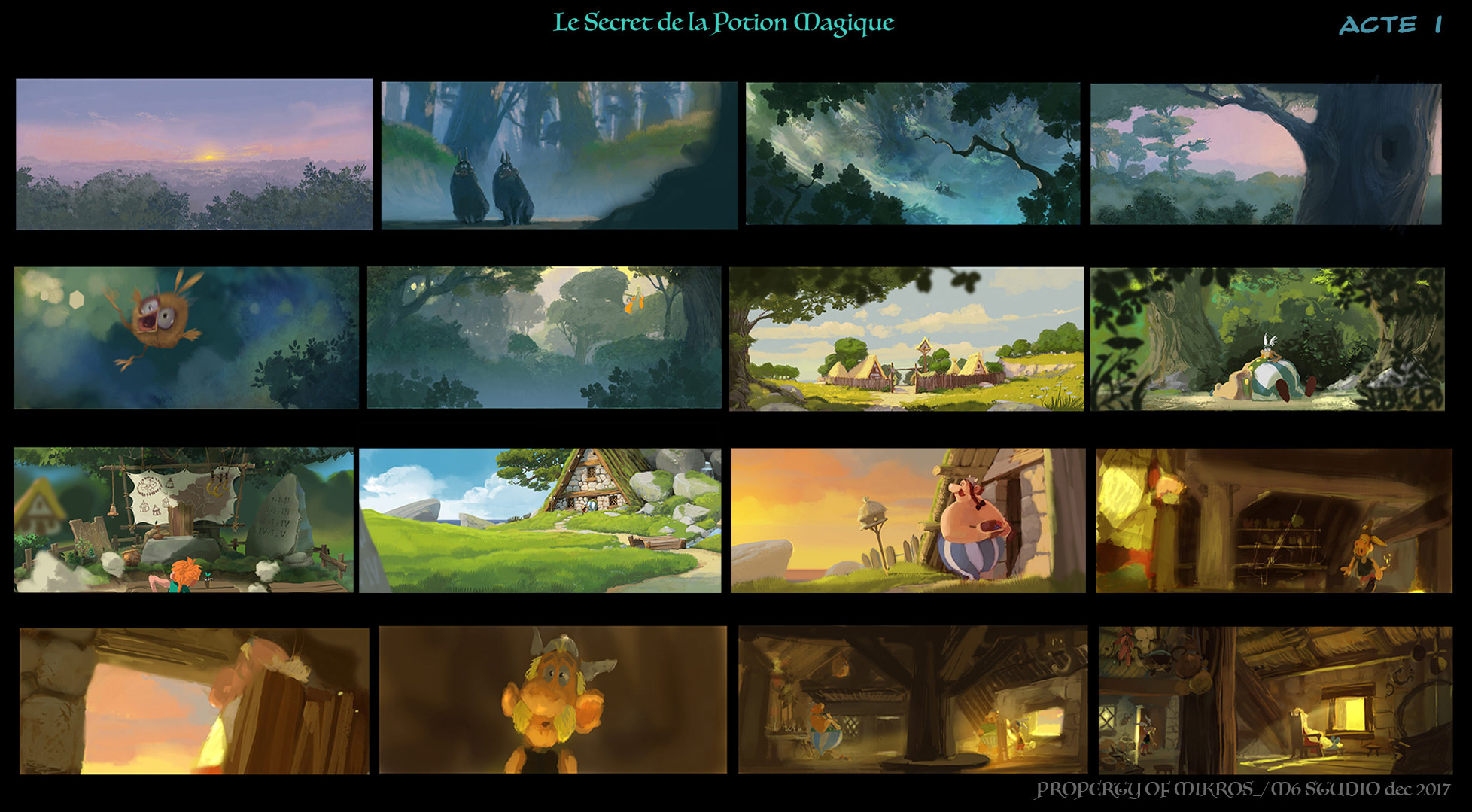
Finding a successor to a main character was just one of the ways that Clichy evolved the characters in the series. “We wanted to give rough edges to the Asterix character, which became vapid over the years, a bit like Mickey Mouse did,” and then he adds with a large grin, “He quarrels more with Obelix, like I did with Astier.”
Louis Clichy likes stories with flavor and rhythm. This is what drove him to animation. “I enjoyed the Japanese anime I saw on TV in the 80’s and 90’s, but also the Disney productions of that time which were made in the studio they had in Montreuil back then, led by the Brizzi brothers (The Hunchback of Notre Dame, Tarzan). I liked to draw, but I was not very good at it.”
Nothing in his family background prepared him for filmmaking. His father is a cereal grower in the center of France, his mother a housewife. Young Louis studied history at Sorbonne University, but was tempted by the famous Gobelins school, in Paris. He took the exam five times before getting in.
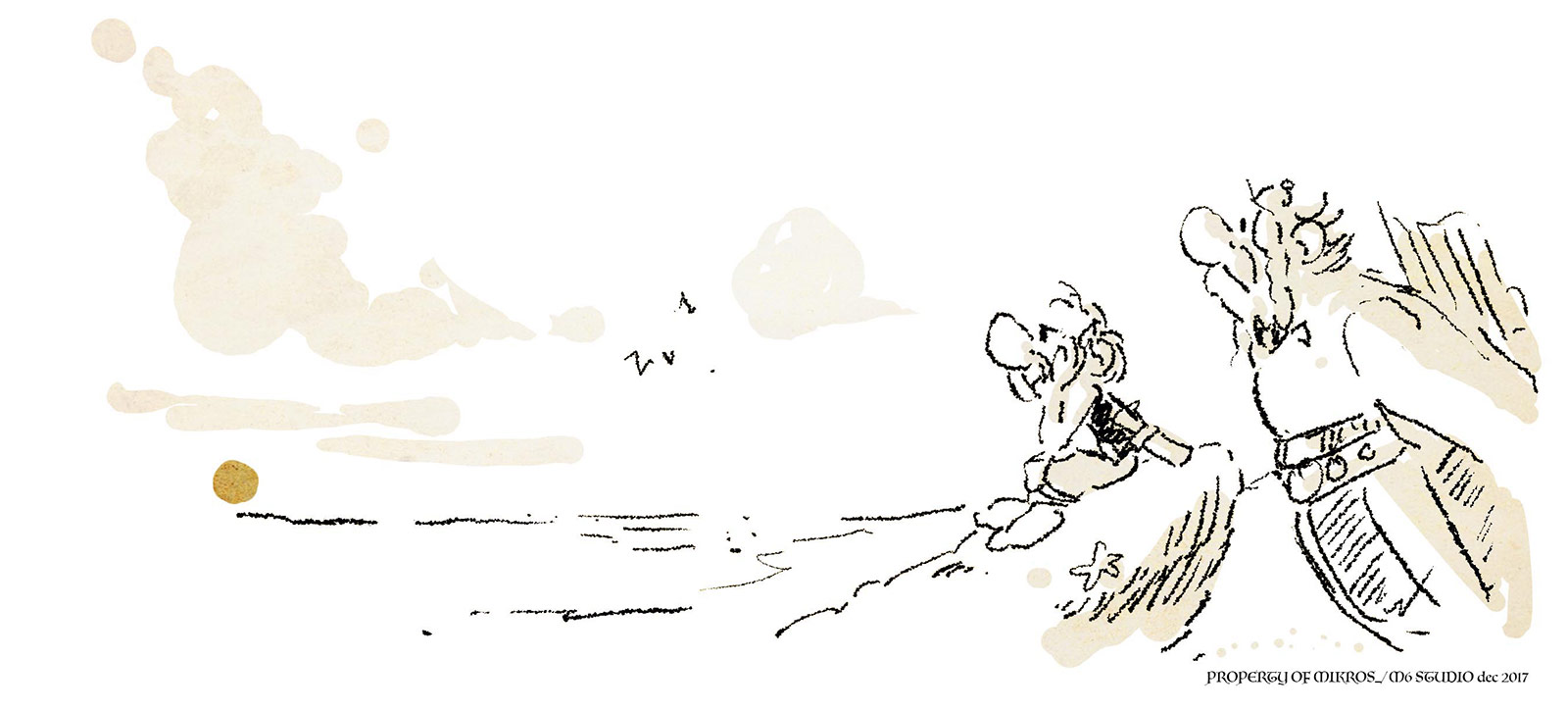
In 2002, his graduation films, Jurannesic, made with other students for Annecy film festival, and his own personal film, Mange (Eat), were noticed by Lionel Fages, artistic director of Paris-based Cube Creative studio. Clichy’s style is already there: simple designs in fun and frenzied animation, skipping characters in slapstick comedy. “I was certainly influenced by some of the films I saw as a student, like Michael Dudok de Wit’s The Monk and The Fish.”
Cube Creative produced his first professional short, A quoi ça sert l’amour (What’s the use of love), based on an Edith Piaf’song. “I was inspired by it because I was going through an unhappy love affair.” The repetition of the same musical sequences fits well with Clichy’s animation loops.
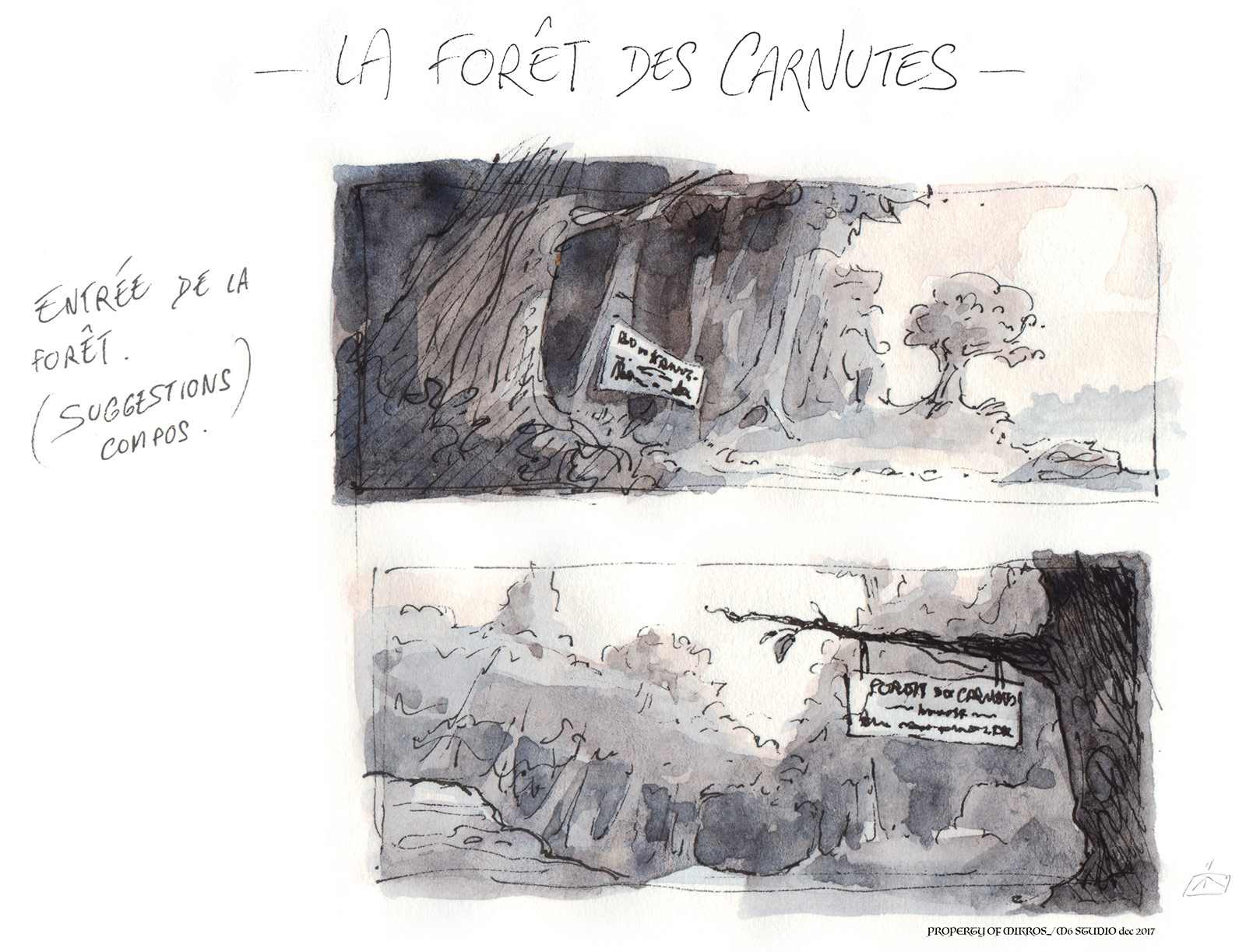
Meanwhile, he was also directing commercials at Passion Pictures, in London, and sketching storyboards at MacGuff Ligne, in Paris.“I knew Pierre Coffin [future Despicable Me franchise director] and he offered me to come and work there for series, channel identities, and commercials. That’s where I discovered 3d animation.”
He would also soon discover America. Pixar had liked A quoi ça sert l’amour, its rhythm, its expressiveness, its simplicity. In Emeryville, Clichy worked three years on three important feature films, Ratatouille (2007), WALL-E (2008) and Up (2009).
“It was great for the first year-and-a-half,” says Clichy. “Pixar is a hard-working place, but they trust their employees and incite them to learn and train. The meals are even free if you attend a [lunchtime] class. On WALL-E, I worked with a small team, making a lot of tests. I loved it because there was no dialogue in the scenes I animated, like [in WALL-E] the one where EVE takes the cockroach in its hand. But we were stunned by the merchandising of this film, which deals with the damages of consumerism… That’s one of the reasons why I left.”
But it’s not the main reason. “A Pixar animator only animates. It’s a lot less creative than storyboarding, a step where the direction of the scene is decided. If you want to storyboard, you have to pitch the scene, do the acting, make private jokes [with directors and establish a personal relationship with them]. My English was not good enough for that… So I had to do the same tasks, the same movements, 10 hours a day. I finally got tendinitis. When I heard that some of my colleagues having the same troubles had to go through surgery, I though that was it!”
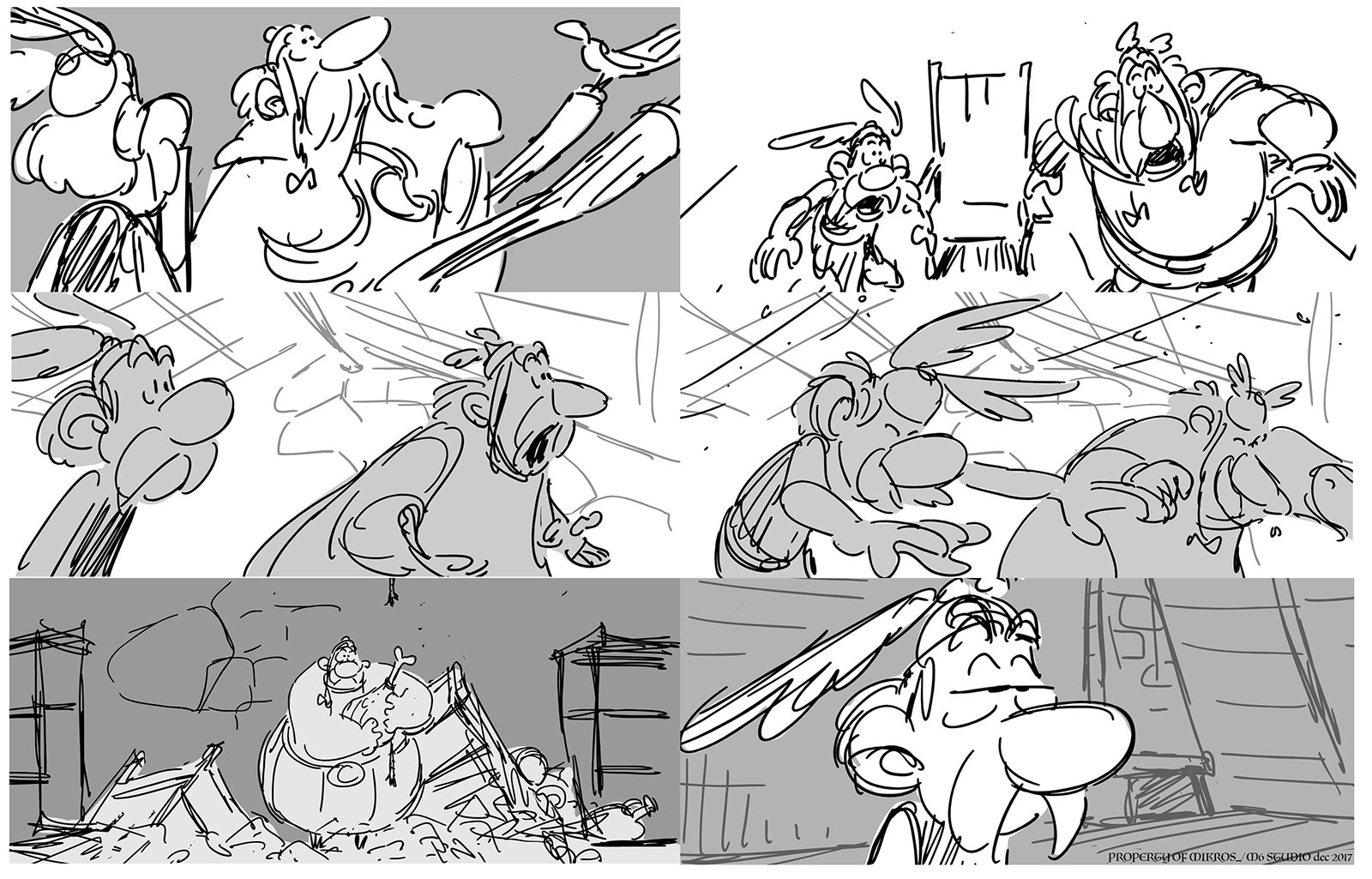
Back in France, Louis Clichy didn’t have a clue of what would come next. Pierre Coffin, who was due to direct a cg adaptation of Asterix, left the project because he was too busy with post production on Despicable Me. Clichy ended up getting the gig. “I was hired because of my Gobelins diploma and my Pixar experience on big productions.”
The budget of Asterix: The Secret of the Magic Potion is the same as the previous Asterix film: 37 million euros, though Clichy is quick to point out that the actual production budget is much lower. His directing philosophy suits the financial limitations: “We search for an economy of emotion in order to preserve the emotion of a scene.”
His team seems rather happy to work with him. Says Bertrand Maillard, chief editor, “He is open to suggestions from the production team.” Layout artist Marion Glomot adds, “Other filmmakers are more inflexible and can’t stand that we would move away from the storyboard; Louis isn’t. It is hard to complain about him.”
Clichy is still busy finishing up Asterix, but looking ahead, he wouldn’t mind going on to do something simpler, a little less epic. “I miss the simplicity of 2d animation,” he says. “I have a personal project set in a farming community that I would like to propose to Folivari [Didier and Damien Brunner’s production company].”
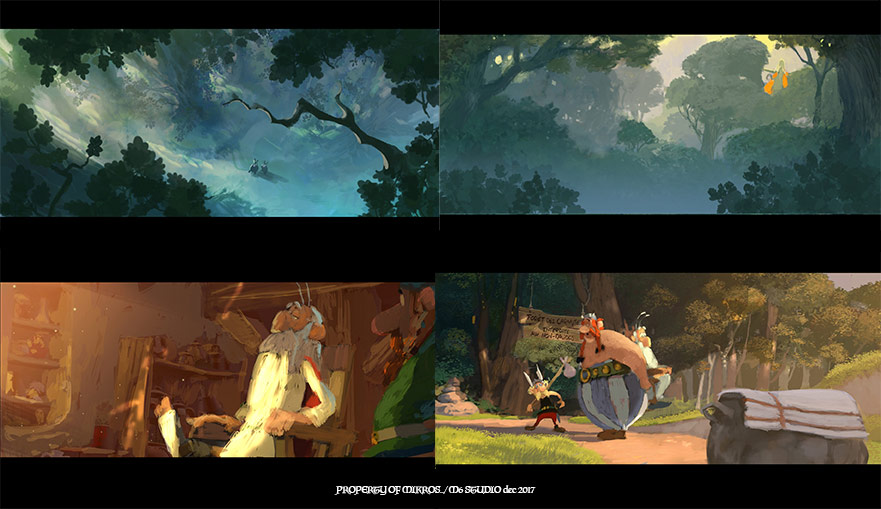

.png)